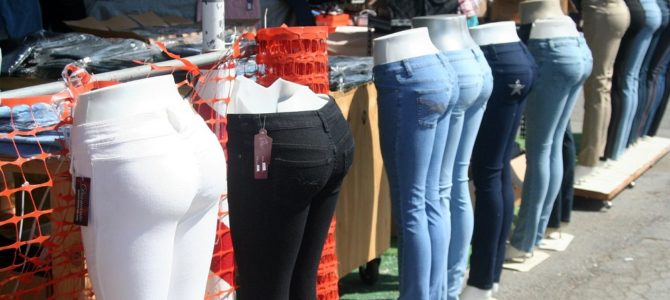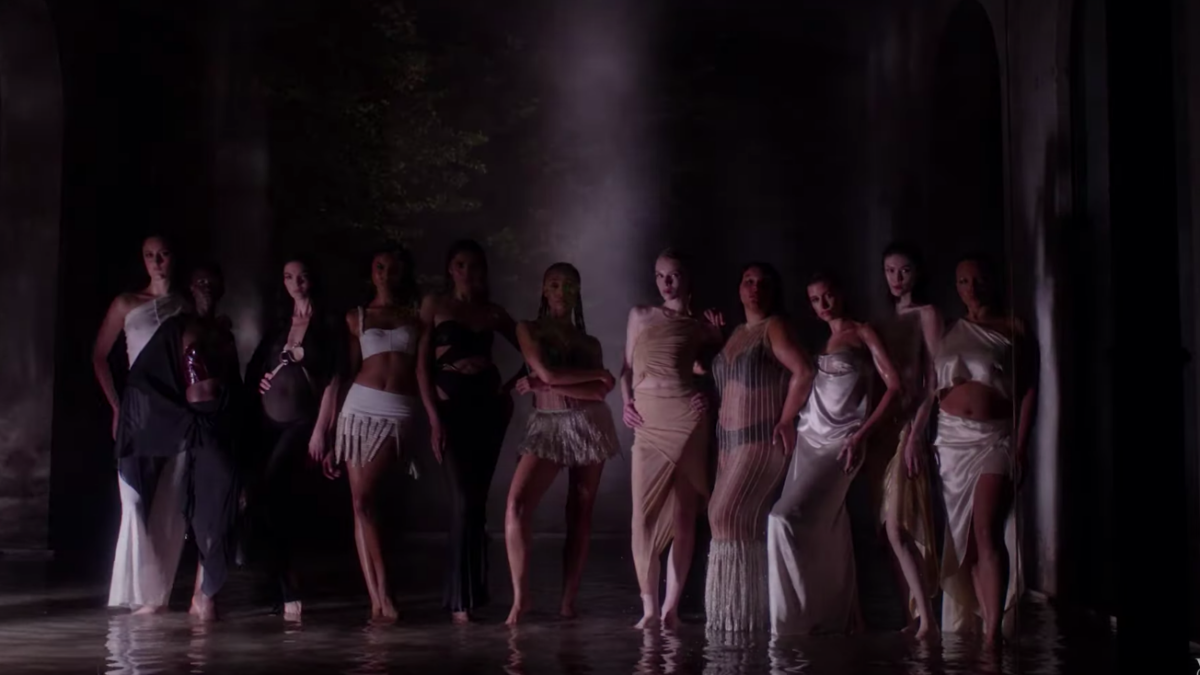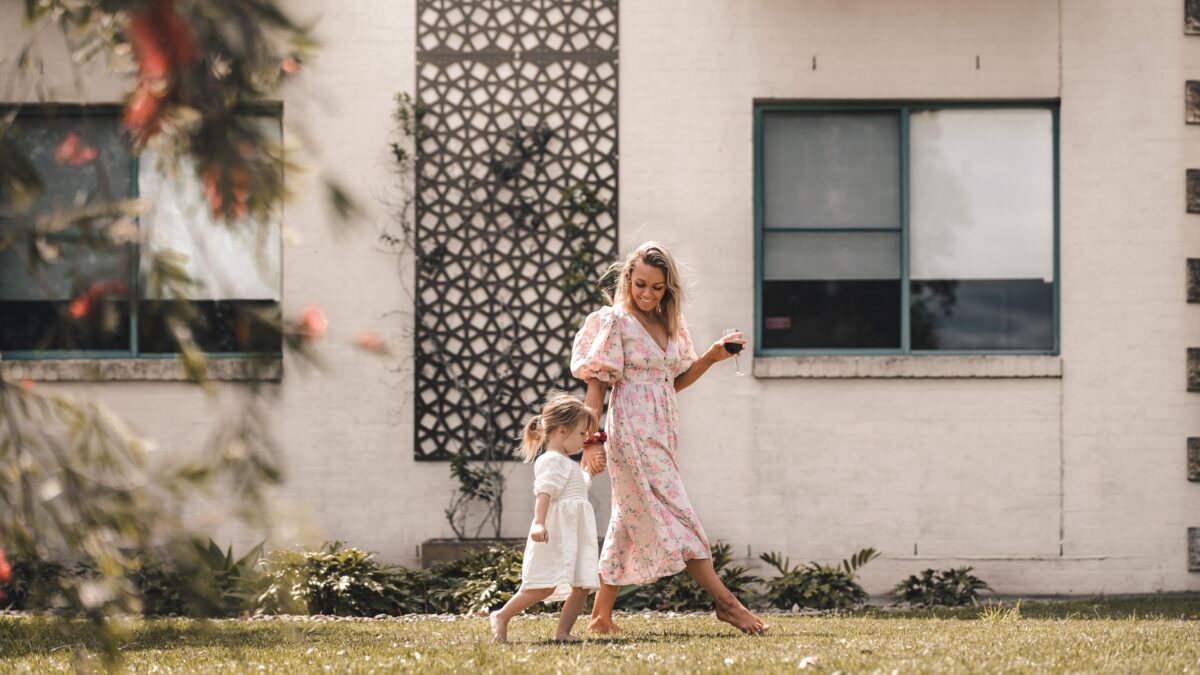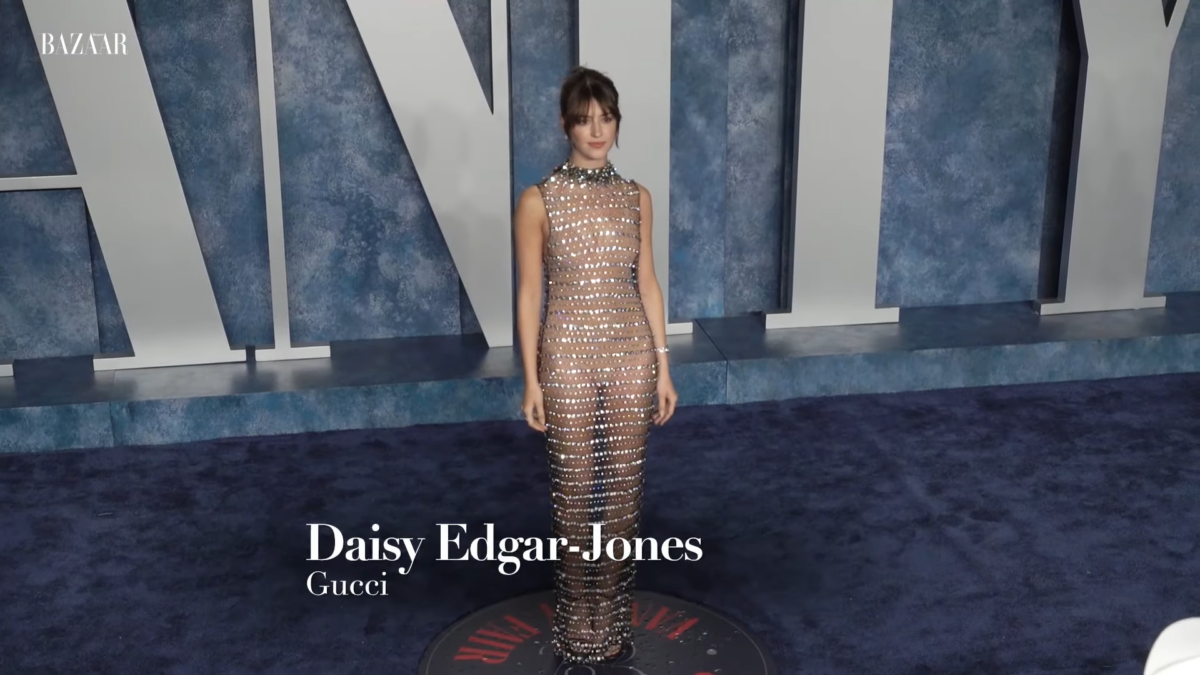
When American writer Connie Wong started quarantining, she snapped a picture of herself sporting delightfully unkempt locks and dressed in “inside clothes.” Her “inside clothes” consisted of a favorite old sweatshirt and a special pair of pants she’d bought when she visited Seoul, “quilted and slightly stiff, like a three-foot-tall oven mitt.”
She’d had a ball at that South Korean market: “I instantly recognized what kind of store this was: an outfitter of ‘inside clothes,’ my absolute favorite fashion category. Inside clothes are not pajamas, they’re not athleisure, and they’re certainly not lingerie. They are what you wear when you actively live your life indoors, and their very existence is one that I’ve found to be curiously divisive.”
Wong insists American women are missing out on that category of clothes. We have it, though: it’s called loungewear, but we use all sorts of other garments to function as inside gear, rendering its boundaries negotiable, and its purpose virtually meaningless. In the germaphobic East, as Wong noted, inside clothes are viewed as sterile, and restricted to home.
In my own Russian culture, the attitude towards cleanliness generally mirrors Asia’s, but inside garments are worn to absorb staining and wear from cooking, washing, and tidying up, whereas outside clothes are kept pristine. Outside clothes have to withstand the judgement of strangers.
Americans are post-modern about sterility: cleanliness is no longer the absolute good that modernity delivers. Doctors advise new parents, for instance, to allow certain amount of dirt in their children’s environment, perhaps adopting a dog to bring germs into the house, to develop the newborn’s immune system. I seriously doubt this practice will change after the Wuhan virus passes. The home ecosystem will remain penetrable.
When the Private Becomes Public
Wong noted that perhaps the most important function of the “inside clothes” is framing her home life. It outlines the physical and mental space where she dresses purely for herself — and Instagram, apparently (not that there is anything wrong with that). Where Western women differ most from immigrants is the degree to which sartorial comfort signals the domestic realm. Second-wave feminism promoted an erasure of boundaries between private and public, and the way American women dress has something to do with it.
Just like the conversations about the details of our private lives, about family violence, miscarriages, and menstrual products, have leaped onto the front pages of glossy magazines, or the government has been invited into personal decisions pertaining to childcare and work, formerly intimate forms of dress have become acceptable in public. Or at least not totally unacceptable—the Walmart people shopping in their PJs raise an eyebrow, but only slightly.
Likewise, in the 1970s, young women on the punk scene wore lingerie as statement pieces, the practice Madonna took mainstream a decade later. Come 1990s, underwear as outerwear became fully incorporated into mainstream youth fashions. All of these trends have been described at one time or another in feminist terms.
From Yoga Pants to Other Yoga Pants
Also, of course, there is the ubiquitous movement towards casual garments for both women and men. In the workplace, especially here in California, it means a near-total abandonment of the suit, initially in favor of the black beatniky sweater, like Steve Jobs’s, and now some outdoorsy vests.
If in the ’60s weekend-casual included blue jeans, even those seem too stiff and formal now. Young people simply roll out of bed, and change pajamas for sweats — basically the same concept. A trained eye is necessary to distinguish which pair is intended for sleep, which for jogging, and which for hanging out with in-laws.
Millennial and Gen Z women have been assimilated into this sartorial indifference from birth. The PJs they wear to sleep are the leggings they wear to play, and half the time they don’t change out of their “play wear” for special occasions. They continue the same clothing habits well into middle age.
The wardrobe of an average American woman is endless, but mostly consisting of what is essentially inside clothes, only she wears them everywhere. It’s not that we leave our homes open to germs, but that the domestic sphere took over the public one. If personal is political, what was once private is now splattered all over.
I Spent Two Hours on My Face and Two Seconds on Clothes
Her excuse is liberation through comfort: the sister is doing it for herself. She feels unrestrained, and doesn’t care what anyone thinks. She’ll wear leggings to church, and the leggings will have pockets. But then she glues on false eyelashes.
I am in awe of the elaborate makeup rituals that accompany the contemporary uber-casual look. I mean, I wore excess eyeliner in my wasted youth, but I applied it in a fairly efficient, straight-forward manner: a few lines, and I was done. The trend today is to paint oneself a brand new nose and a brand new set of cheekbones via a time-consuming technique called contouring.
I wear a casual dress and no makeup when running errands. It doesn’t take me long to get ready. I’m surrounded by women in stretched-out track suits wearing faces as shimmery as a rainbow. It’s as if they want to return to Mrs. Maisel’s day: they want you to believe they wake up in makeup.
Investing much time and money into their appearance, they adopt an aesthetic designed to project confidence and comfort. That’s not my thing, but I think I get it. It’s flirtatious and fun. This style invites a glimpse at the comforts of young women’s bedrooms, and a look-what-I-can-get-away-with braggadocio for those who really like to bat their eyelashes.
It’s the Instagram Look: All Face and No Clothes
That young women would want to frame their public persona and sacrifice to rejoice in their youth and beauty should surprise no one. Since social media penetrated our homes, the Instagram face became the new outside clothes.
Garments are only marginally important on screen, but the wide camera angle amplifies every skin imperfection. Women feel they need to be prepared to face the world differently than they did 20 years ago. I just don’t understand why they don’t want to own beautiful dresses.
Current women’s fashion self-consciously presents a look of liberation and ascension of female power. On a closer examination, however, it doesn’t look like millennial feminism changed human nature.
Take the athleisure brand Outdoor Voices, marketed as friendly, girl-power, comfortable attire for young women to stay active without being subjected to the male gaze. The Outdoor Voices media campaign features confident-looking models of all colors and sizes having a good time together.
As it turned out, the look was only a façade, and the company fostered a vicious hierarchical mean girl corporate culture. The female gaze is unforgivable, and inherently dangerous.
Sooner or later, this quarantine will be lifted. When we re-emerge from months of teleconferencing in sweats and makeup, the women of America might just be so tired of their confinement, so excited to be out and about, we could rediscover the joy and purpose of outside clothes.
Well-cut dresses, stiff silks, lace, belts, and stilettos could make a comeback. Something to remind ourselves that to be out in public, in real life, and looked at in close proximity is an exhilarating experience. It is entirely possible to talk about family violence and miscarriages without parading our pajamas.









